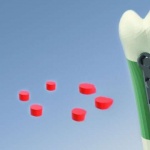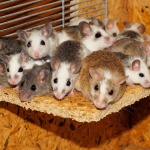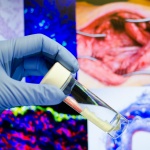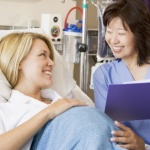
News • bioengineering
Advancing technique for of personalied bone grafts
Scientists have developed a new bone engineering technique called Segmental Additive Tissue Engineering (SATE). The technique allows researchers to combine segments of bone engineered from stem cells to create large scale, personalized grafts that will enhance treatment for those suffering from bone disease or injury through regenerative medicine.

























